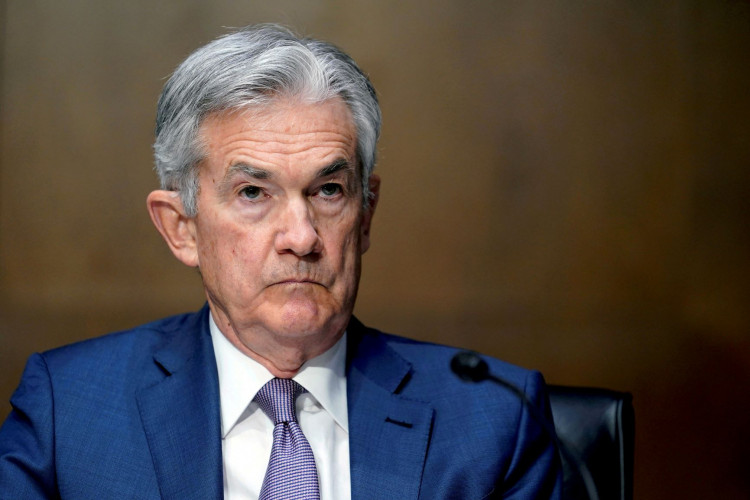Federal Reserve Chairman Jerome Powell painted a complex picture of the U.S. economy on Thursday, addressing concerns of heightened inflation and the delicate balance of economic growth during a speech at the Economic Club of New York. Markets eagerly awaited his remarks, as they often provide a clue to the central bank's future policy trajectory.
Amid signs of cooling inflation, Powell expressed the Fed's unwavering commitment to its 2% inflation target. He cautioned, however, against undue optimism. "While we've seen a few months of promising data, it's just the starting point to bolster assurance that inflation is on a downward trajectory towards our target," Powell emphasized.
The address followed a period marked by a series of interest rate hikes intended to temper inflationary pressures. Despite these measures, recent data indicates that inflation still overshoots its target, though the speed of monthly upticks has lessened. Furthermore, the annual rate of inflation has reduced to 3.7% from a towering 9% in June of the previous year.
Market players were keenly tuned in, with futures traders trimming hopes for an interest rate hike in the immediate months following the address. Reflecting on the Federal Reserve's dual goals of maximum employment and price stability, Powell remarked, "The recent data showcases sustained progress in fulfilling both aspects of our dual mandate."
As Powell navigated the inflation dialogue, he simultaneously acknowledged the risk of too rapid economic growth. "Should we witness a prolonged period of above-trend growth or persistent labor market tightness, it may jeopardize further progress on inflation and necessitate additional monetary policy tightening," he warned.
Recent economic indicators, such as reports on job growth and retail sales, signal a surge in economic activity. Forthcoming data on third-quarter GDP growth could reveal a robust economy expanding at a blistering rate of over 5% from July to September. However, the meteoric rise in long-term interest rates has sparked concerns. The 10-year Treasury yield has approached a staggering 5%, a pinnacle not seen in 16 years.
Powell's remarks were not without interruptions. A protest by Climate Defiance at the outset momentarily derailed the event. Activists boldly proclaimed, "Fed is burning," alluding to perceived inaction on environmental and monetary fronts. The protest, however, did not deter Powell's key message of the day.
He also acknowledged the potential headwinds that could stymie growth. "Financial conditions have undeniably tightened in the recent past, with long-term bond yields playing a pivotal role in this development," Powell said, committing to closely monitor these shifts.
In conclusion, while Powell did not firmly commit to a specific future policy action, the underlying tone suggests a cautious and methodical approach. "Taking into account the incoming data, evolving economic projections, and associated risks, our Committee is treading carefully," he stated.
Recent remarks from other Fed officials echo Powell's cautious sentiment, suggesting that despite recent rate hikes, the central bank may adopt a wait-and-see approach in the near term. With markets generally not anticipating immediate rate hikes, the central concern now shifts to determining when the officials might contemplate rate reductions.
In a world of economic uncertainties, Powell's address serves as a reminder of the intricate dance central banks must perform - balancing growth with stability and ensuring neither runs too hot nor too cold.






